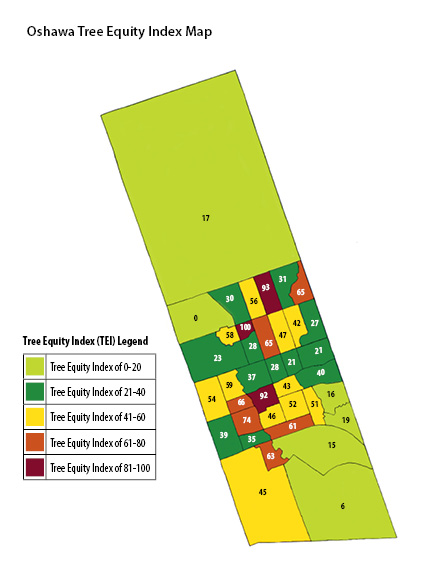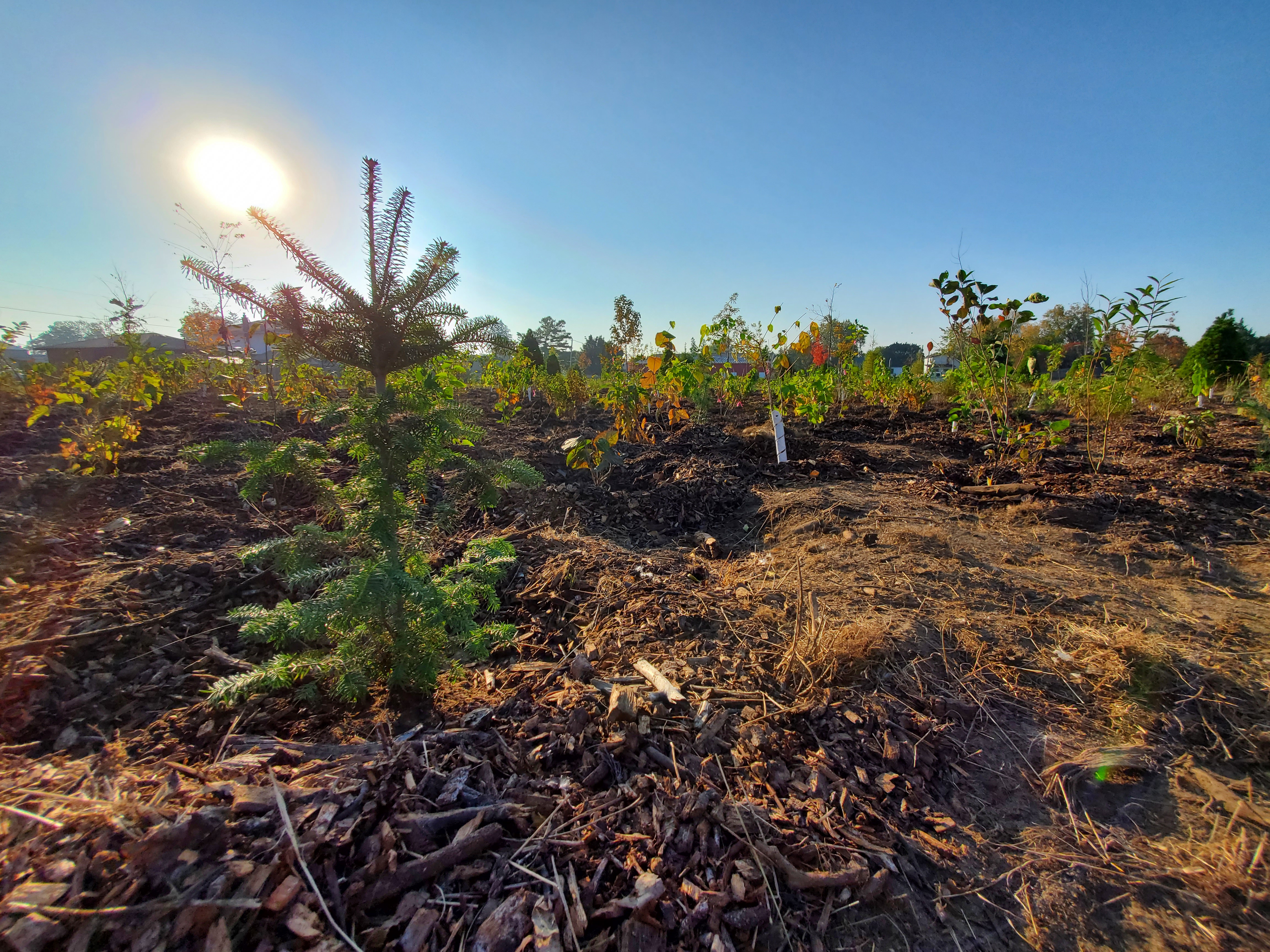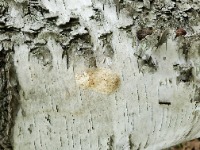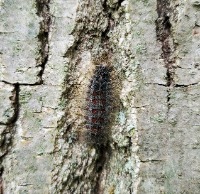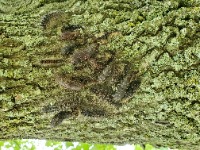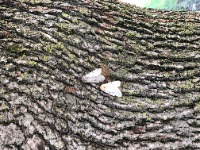The emerald ash borer is an invasive beetle that feeds on all ash (fraxinus) species in Ontario, including green, red, white, black and blue ash, as well as some non-native species such as European black ash (fraxinus excelsior). Mountain ash is not a true ash tree and is not effected by the beetle.
The metallic green beetle emerges in early summer and will grow to be 8.5 to 13.5 mm long with a flattened head, large black compound eyes on the sides of the head, and short antennae. They lay 60 to 90 eggs one at a time in bark crevices on ash trees. Once the eggs hatch and become larvae, they tunnel under the bark to feed. These tunnels stop the flow of water and nutrients causing, the ash tree to die.
Identification
- Bark is tight, rough and often has a distinct diamond pattern
- The leaves are compound and contain five to eleven finely toothed leaflets
- The seeds of the leaf are oar shaped and hang down in clusters
Signs of infection
Signs of E.A.B. usually only become clear once a tree is heavily infested. However, the following are signs and symptoms your ash tree may be infested with the E.A.B.:
- leaves in the top third of the ash tree lose their green colour, thin and die back
- galleries girdle the ash trees and foliage will wilt or turn yellow
- branches begin to grow from the low trunk or roots
- shallow meandering “S” shaped tunnels under the bark with abrupt turns and “frass” (refuse left behind by boring insects) or sawdust will be evident in tunnels
- the bark begins to split
- there are small “D” shaped exit holes 4 to 5 mm across on the bark of infected trees
- increased woodpecker activity on the tree resulting in large holes
Lakeview Park and E.A.B.
- Lakeview Park has over 300 ash trees that are treated for E.A.B. every year by City staff
- The City uses a systemic insecticide called TreeAzin to treat Lakeview Park. It is approved by Health Canada's Pest Management Regulatory Agency. Trees showing signs of 30% or more dieback of their branches will not be treated
- Understory tree planting continues in the park to help offset canopy loss and create a more sustainable park canopy for the future.
Woodlots and green-spaces
While natural regeneration will account for most of the regrowth in our woodlands, portions of select sites have been identified for enhanced and/or intensive regeneration and replanting.
City trails and rural road right of way areas will be planted with small container stock trees as part of restoration planting and canopy enhancement. Replanting trees can provide:
- Benefits to our health, the environment and the economy
- Improved air quality and provides habitat for wildlife
- Reduced heating and cooling costs of a home
- Increased property value
Private property
Please remember that private property owners are responsible for trees on their property. If you suspect your Ash tree may have E.A.B., you are encouraged to consult a professional arborist as soon as possible. You should choose an arborist certified with the International Society of Arboriculture or registered with the American Society of Consulting Arborists. Doing nothing may put you and your property at risk.
We encourage residents to also become stewards of our urban forest, which provides many environmental and ecological benefits and encourage all to consider planting more trees on their private property, where suitability exists.
Resources





